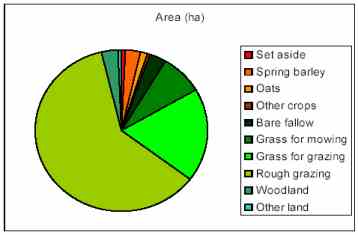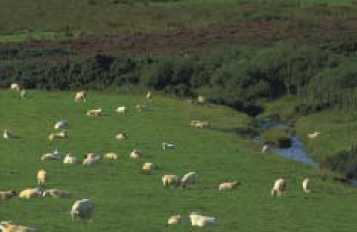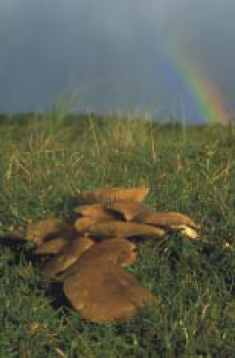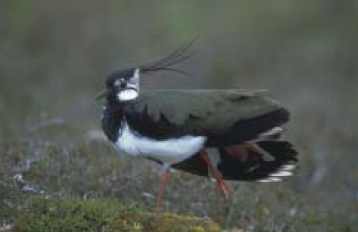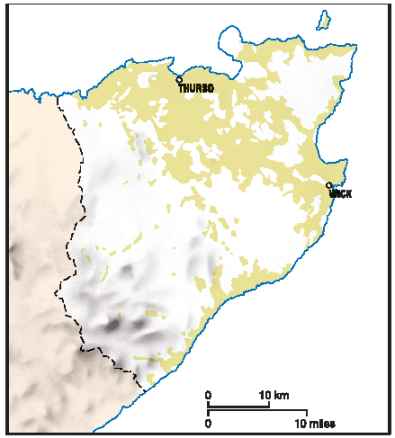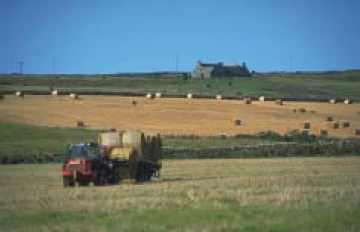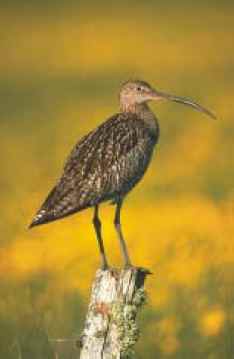 | Caithness.Org | Community | Business | Entertainment | Caithness... | Tourist Info | Site Map |
• Advertising • Chat Room • Contact Us • Kids Links • Links • Messageboard • News - Local & Scottish • News - UK & News Links • About / Contact Us • Submissions |
• Bookshop • Business Index & News • Jobs • Property For Sale • Property For Rent • Shop • Sutherland Business Index |
• Fishing • Fun Stuff • George, The Saga • Horses • Local Galas • Music • Pub Guide • Sport Index • What's On In Caithness |
• General Information • B & Bs • Backpackers • Caravan & Camping • Ferries • Getting Here • Holiday Letting • Hotels • Orkney • Pentland Firth • Sutherland • Taxis |
| N E W S F E E D S >>> |
The Caithness
Biodiversity Action Plan - February 2003
FARM AND CROFT LAND
|
FARM AND CROFT LAND
Introduction Nearly 1,400 km2 or 78% of Caithness land area is under agricultural tenure, and in addition to the grassland, arable crops and field margins considered in this chapter, farmers and crofters manage most of the other habitats considered in this plan. Biodiversity Objectives
The June 2002 Agricultural Census states that agriculture supports 546 full-time and 1,514 part-time jobs in Caithness. There are 1,030 crofting units, 325 farming units and 20 common grazings in Caithness. However, the number of holdings is heavily influenced by the fact that many farmers and crofters own or rent more than one holding. Grassland
Caithness’ rough grasslands support good populations of brown hares and field voles, which, along with rabbits, form an important part of the diet of hunting raptors and wildcats. This habitat also supports high populations of insects, which provide a food supply for birds like grey partridge and skylarks. The sward can include a wide variety of plants such as orchids, devil’s bit-scabious, birds-foot trefoil, and meadowsweet. Recent survey work has shown that Scotland is one of the last areas of Europe where grassland fungi are reasonably widespread, and Caithness contains its share of these. Grassland fungi are generally found on well-drained, well-leached, unfertilised and unimproved sites that are moderately grazed.
The UK Biodiversity Action Plan splits rough grazing into several categories: Lowland dry acid grassland occurs on nutrient poor, free-draining soils over acid rocks, sand or gravel, supporting plants such as heath bedstraw and tormentil, and dwarf shrubs such as heather and blaeberry are also present in small quantities. Purple moor grass and rush pasture occurs on shallow peaty soils. This habitat can be species rich, wet grassland and supports a range of invertebrate life including, slender-striped rufous and several species of snails and flies, as well as wading birds such as snipe and curlew. Upland calcareous grassland is generally restricted to shallow soils over lime-rich rocks. Despite its name, it can occur down to sea level in exposed conditions, and arctic-alpine plants can be present. Floodplain grazing marsh is pasture with water filled ditches, which is regularly flooded, grazed and occasionally cut. Wick River Marshes is an example of this habitat type, and it is important for breeding waders such as snipe, lapwing and curlew, and for wintering wildfowl.
Improved grasslands and reseeds may be low in plant diversity, but in Caithness they are important feeding areas for many wading birds such as golden plover, lapwing, curlew and redshank. Flocks of twite and migrant and over-wintering geese feed on many of the improved grassland fields, and some raptors utilise these fields for hunting. Where these grasslands have wet patches and areas of longer vegetation, they provide greater opportunities for corncrakes and other wildlife. |
Main issues
Increased use of sheep dips and cattle drenches leads to a loss in invertebrates, and there are disposal issues with sheep dip, although regulation and the increased use of mobile dippers has reduced the risk of pollution. The use of some broad spectrum, anti-parasitic drugs has reduced the number and variety of insects associated with dung, which are important as food for birds like starlings.
Current biodiversity projects
However, many of these schemes are limited by their overall budget, which restricts the number of farmers and crofters that can gain entry to them, and thus limits the agri-environment works that can be undertaken. The Royal Society Agricultural Benevolent Fund operates a small scheme to collect and recycle black plastic. Lantra and the Royal Highland Educational Trust held a training day for farmers and crofters in giving presentations to schools.
|
Back To Wetland Forward to Forest and Woodlands



